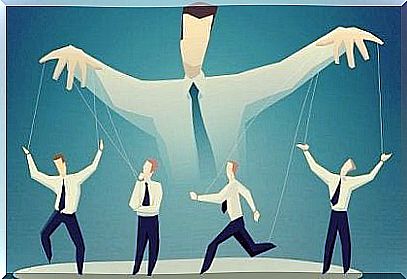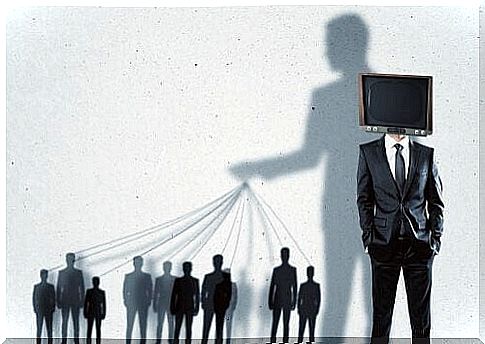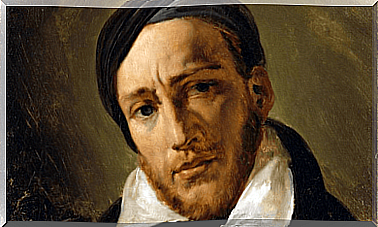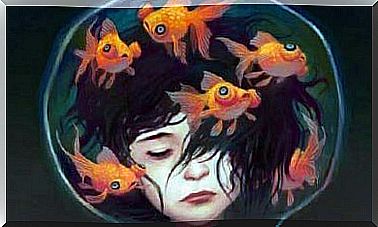The Overton Window

Overton’s Window is a political theory that describes how the perception of public opinion can be changed so that ideas that were previously considered crazy can be accepted in the long run.
According to this theory, even taboo subjects would not be free from their effects, so that the general assessment that society has of issues such as incest, pedophilia or cannibalism could be drastically changed. It does not require brainwashing or the establishment of a dictatorial regime, but the development of a series of advanced techniques whose implementation would go unnoticed by society. Go further.
The origin of the concept
This phenomenon was studied by Joseph Overton, who observed that for each area of public management, only a narrow range of policy potentials is considered acceptable. This spectrum does not change when ideas change among politicians, but are elected by the whole of society.
Joseph Overton developed a vertical model of policies ranging from “freer” at the top of the ladder to “less free” at the bottom. This has to do with government intervention, where acceptable policies are framed in a window that can move within that axis, expanding or shrinking.

Overton Window Steps
In principle, it seems impossible for society to accept some of these taboos. However, Overton’s Window Theory argues that it can happen. To see what the different stages of the Overton Window are all about, we’ll focus on a particular taboo, for example, cannibalism.
Step 1: From the unthinkable to the radical
In the first stage, cannibalism is lower than the Overton Window’s lowest acceptance level. Society considers this to be the practice of immoral or sociopathic people. This idea is considered repugnant and immoral. At this point, the window is closed and does not move.
To start with the change of opinion, the idea is transferred to the scientific field, since there should be no taboo subjects for scientists. Thus, the intellectual community would analyze the traditions and rituals of certain tribes, while creating a radical group of cannibals promoted by the media.
Step 2: From radical to acceptable
After the first step, the idea moved from the unthinkable to discussion. In the second step, acceptance of the idea is sought. With the conclusions of scientists, those who refuse to acquire knowledge on the subject can be described as intransigent.
People who resist will begin to be seen as fanatics who oppose science. The intolerant are publicly condemned because the idea loses its negative connotation, even changing its name from cannibalism to anthropophagy or anthropophilia. Gradually the media would make eating human flesh acceptable and respectable.
Step 3: From acceptable to reasonable
By making the consumption of human flesh a common law, we could go from an idea unacceptable in principle to something reasonable. In the meantime, those who continue to oppose this idea will continue to be criticized. These people would become radicals who oppose a fundamental right.
On the other hand, the scientific community and the media would insist that human history be filled with cases of cannibalism, without it being foreign to these ancient societies.
Step 4: From reasonable to popular
At this stage, cannibalism becomes a favorite subject. The idea is starting to manifest itself in movies, TV series and any other method of entertainment as a positive thing. At the same time, the historical figures who have been involved in these practices are praised. The phenomenon is more and more widespread and continues to strengthen its positive image.

Step 5: From popular to political
Finally, the Overton window, which was first closed, was opened wide. In this last stage, the legislative mechanism for legalizing the phenomenon is being prepared. The supporters of cannibalism formed a political group and began to seek more power and representation.
Thus, an idea that in principle was unthinkable and immoral in all its aspects has become a right in the collective consciousness thanks to a theory that can change the public perception of any idea, however absurd it may be.










